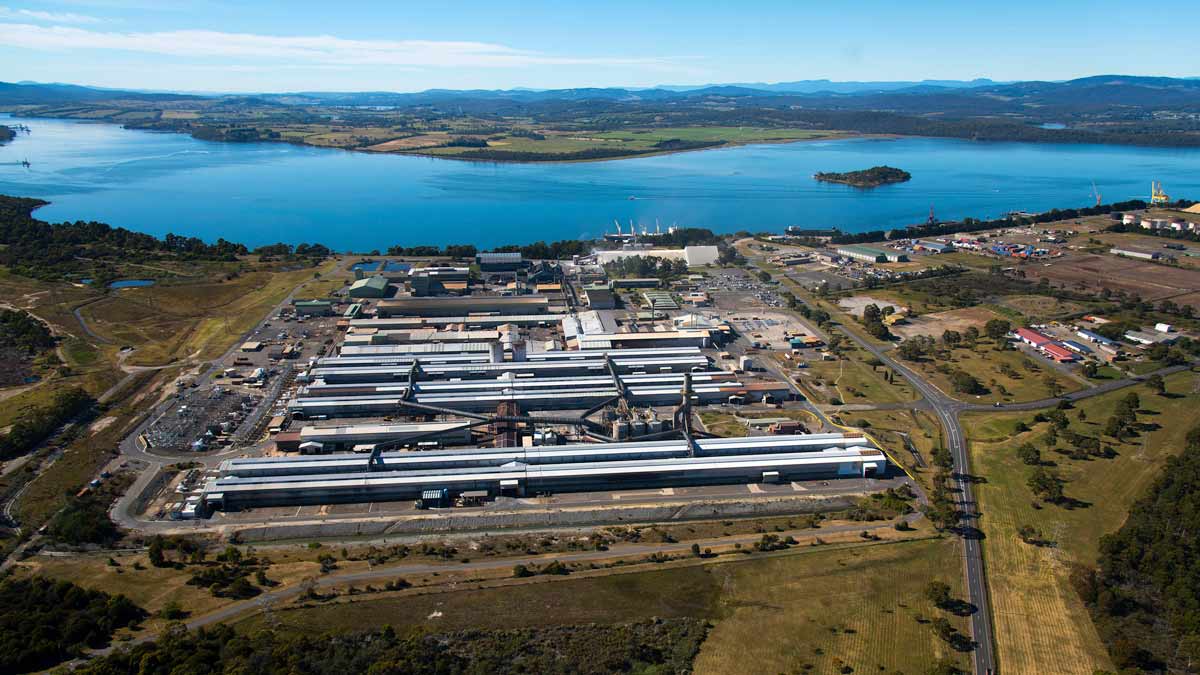Spanish energy giant Iberdrola will work jointly with green-focused developer Abel Energy to build a world-scale hydrogen and methanol production plant in Tasmania, with initial output set for 2026 and costing $1.7 billion.
The announcement follows a partially government-funded $1.3 million study into the feasibility of the Bell Bay Powerfuels Project completed in September that pointed to initial output of 200,000 tonnes a year of green methanol, making it one of the largest projects of its kind globally.
A second stage would add a further 100,000 tonnes of production capacity.
The project hinges on harnessing Tasmania’s abundant hydro and wind resources to produce hydrogen via electrolysis of water, and then use that hydrogen to produce green methanol mainly for the burgeoning green maritime fuel market.
“The world’s shipping companies, led by Denmark’s A.P. Moller-Maersk, have since August 2021 been placing orders for very large shipos designed to run on ultra-clean-burning green methanol,” Abel co-founder and CEO Michael van Baarle said in a statement.
“This has many benefits, such as eliminating air pollution in ports, avoiding the risk of catastrophic spills in sensitive marine environments and especially reducing greenhouse gas emissions currently generated by fossil fuels,” van Baarle said.
The Bell Bay industrial precinct has been a focus of the Tasmanian government’s plans for growing its green industries and the production of zero-emissions hydrogen and ammonia.
Rio Tinto in February signed a deal with the state’s government that secures the long-term future of the Bell Bay aluminium smelter, and is looking into onsite electrolyers for hydrogen production to boost the demand for new renewables in the island state.
Iberdrola, which has global assets of more than $230 billion, gained its major foothold in Australia in 2020 through the takeover of the ASX-listed wind developer Infigen Energy. It has been a rumoured bidder for the wind and solar assets of CWP Renewables.
It has since invested in the Avonlie solar farm and th Flyers Creek wind farm in central New South Wales, and the Port Augusta renewable energy hub in South Australia, the largest hybrid wind-solar farm in the country, which has recently completed its 210MW wind component.
It is also invested in battery storage, operating the Lake Bonney big battery next to the wind farm of the same name, and the contracting rights to the newly completed Wallgrove battery in NSW.
Iberdrola has also recently acquired the rights to the 1GW Mt James wind project as well as the rights to the 360MW Broadsound solar PV project in Queensland. It also bought Autonomous Energy.
“Iberdrola Australia’s investment in the Bell Bay Powerfuels Project demonstrates our commitment to helping Australian enterprises reduce their carbon emissions in sectors which have historically been more technically and economically difficult to abate,” Iberdrola Australia CEO Ross Rolfe said.
China’s Sinopec announced in August it would build the world’s biggest factory for production of hydrogen from renewable sources.
The facility, which will be powered by a 300MW photovoltaic plant , is expected to be in operation in June 2023, yielding 20,000 tonnes of green hydrogen a year, with a forecast 485,000-tonnes-per-year reduction in CO2 emissions.








